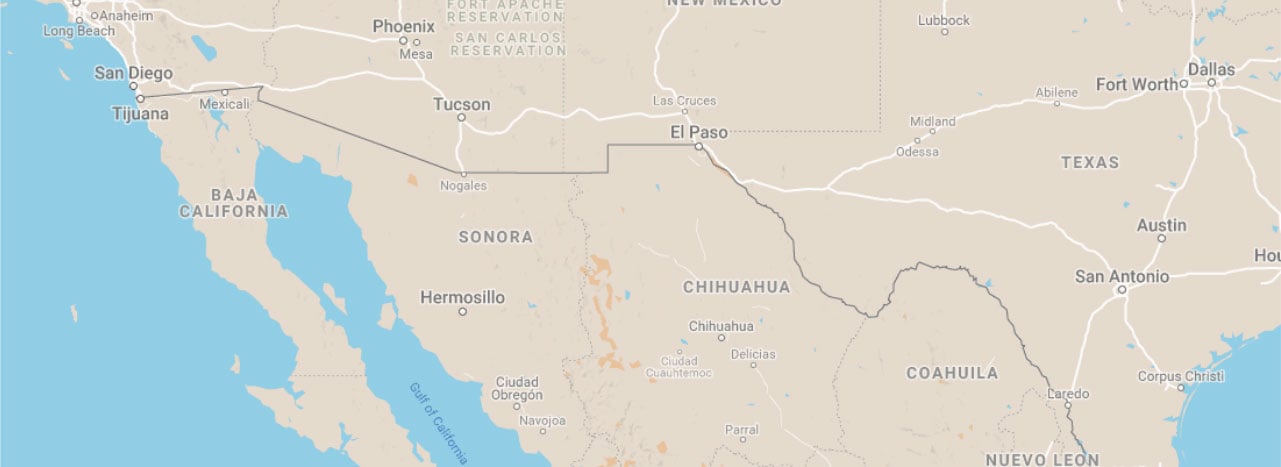Reynosa, Tamaulipas, Mexico
Reynosa, Tamaulipas, MexicoComprehensive Sanitation Project for the city of Reynosa, Tamaulipas
Project Status: Completed

General Information
Sector
Wastewater
Sponsor
Comisión Municipal de Agua Potable y Alcantarillado de Reynosa
Benefited population
420,463
Certification date
March 31, 1998
Financing
Project cost
US$83.4 million
NADBank Funds
US$8.0 million - loan; US$33.47 million - BEIF grant
Related documents
Background
In 1996, 92% of the population had drinking water and 57% received sewage collection services. Approximately 25 percent of the lots with access to sanitary sewer services are not connected to the system and therefore dispose of their sewage in septic tanks and cesspools, which contaminate underground resources.
Reynosa’s sewer system was designed as two separate systems: storm and sanitary sewage. However, the storm drainage system was never constructed, so large amounts of rainwater flow into the sewage system. In addition, the sewer mains and collectors need to be repaired or replaced because of their state of deterioration, age, corrosion and obstructions.
The wastewater treatment plant, which uses an oxidation pond system,no longer has sufficient capacity to treat the sewage generated by the city. Consequently, the treated effluent discharged into the Rio Grande does not comply with official Mexican treatment parameters.
Description
The project, which is divided into four phases to be carried out over a 20-
year period, consists of the following main components:
- Construction of a new wastewater treatment plant;
- Rehabilitation of the existing wastewater treatment plant; and construction and rehabilitation of the sewer system and pump
stations.
Benefits
Implementation of this project will help address the city’s sanitation problems by providing 80% wastewater treatment and sewer capacity. As a result environmental and health hazards associated with inadequate sewage disposal will be reduced and the quality of water discharged in the Rio Grande will be improved, benefiting both local and downstream
users.